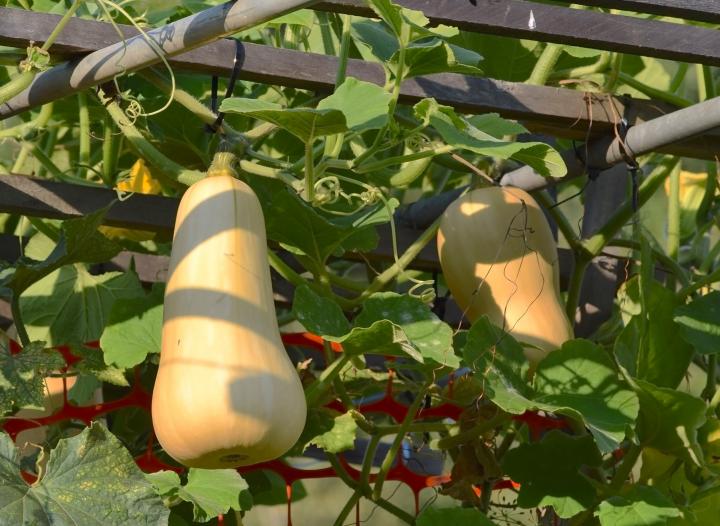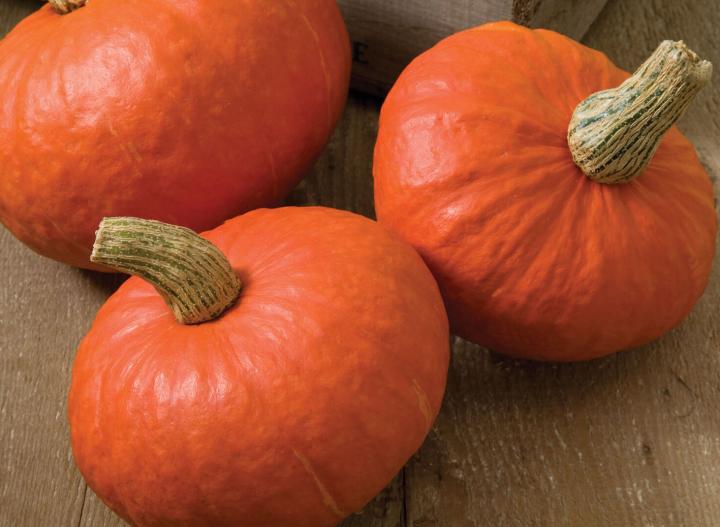
How to Plant, Grow, Harvest, and Cure Winter Squash
- Winter squash is often baked in casseroles or on its own. Cook all types of squash only until tender to keep the nutritional content.
- Mmmm, Pumpkin Pie! See our collection of Best Pumpkin Recipes!
- Winter squash is a good source of vitamin A and has fair amounts of vitamin C. The darker the flesh, the more beta-carotene the squash has to offer. Learn more about winter squash’s health benefits!
- One cup of cubed winter squash contains about 80 calories, virtually no fat, and very little sodium.
ADVERTISEMENT
Hi - thanks for the informative but concise video - ideal! I just thought I'd tell you about the squash plant I lost track of when it climbed up into a cherry tree. Found it again later in the year when the cherry blossom had died off. It had grown up and over the tree and down the other side. It had actually 'escaped' into my neighbours garden, so I had to climb the fence to pick the ripe squashes hanging off the far ends of the stem. Must have been over 10 metres long in total!
My grandson brought us a small plant and said that it was a a fig gourd. Apparently his Portuguese grandmother said that these grow in Portugal and he wanted to see if he could grow one. We planted it and it had over ten small gourds; however, many fell off and only 6 are left and they look like watermelons. They are hanging from a dead tree where the plant climbed. I don't know if these can used for soups, my grandson said his other grandma uses them for baking, i.e. turnovers, pies, etc. Any information on these gourds? Thanks very much.
Actually I find winter squash ridiculously easy to grow. I didn't intentionally plant any, they just grew in a mound where I had incorporated compost. One plant produced a huge 20# banana squash and another several large (12#) spaghetti squashes. Just threw the vines over old lawn chairs as they were sprawling everywhere.

 Image: Like most winter squash, the butternut squash is a vining plant that require support and space. Credit: By Ratda/Shutterstock.
Image: Like most winter squash, the butternut squash is a vining plant that require support and space. Credit: By Ratda/Shutterstock. Image: The usunual kaboucha squash; space-saving 6 to 8 foot vines; early maturity makes it adaptable to almost any growing location in North America.
Image: The usunual kaboucha squash; space-saving 6 to 8 foot vines; early maturity makes it adaptable to almost any growing location in North America. 







Comments